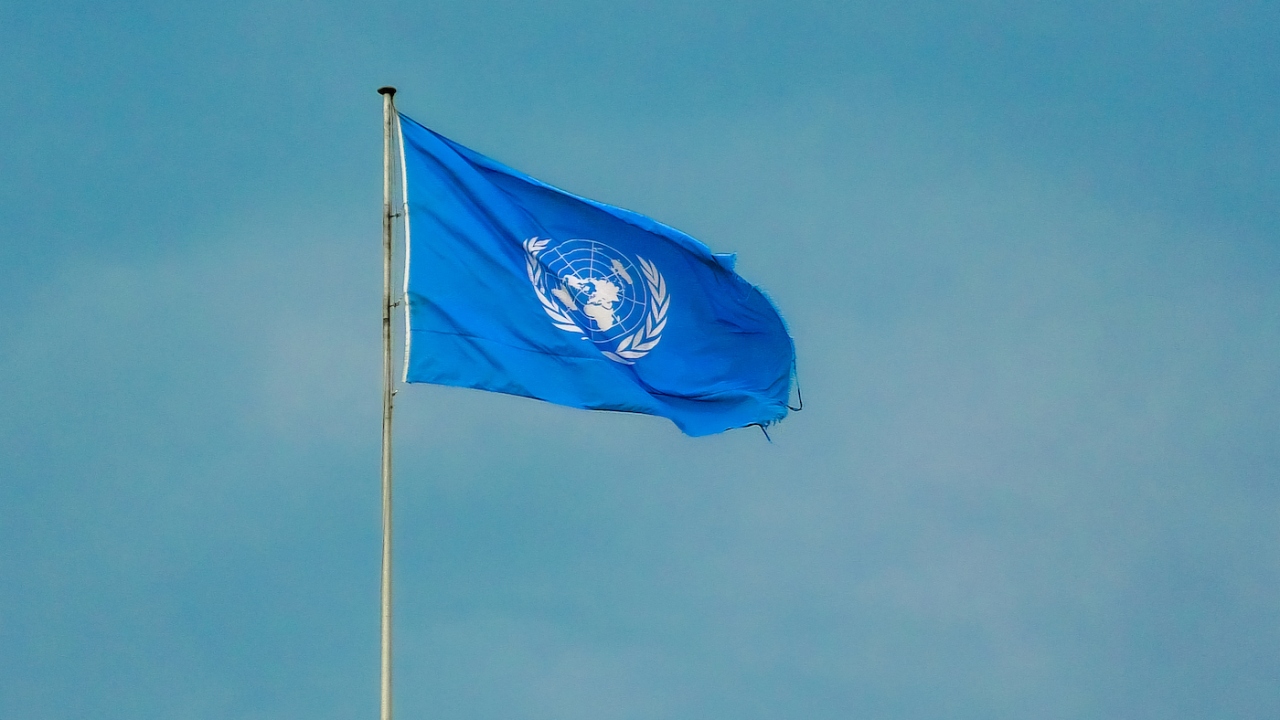
Nearly 50 million people were living in some form of modern slavery last year, either through forced labor or a forced marriage, an increase of 10 million more people from 2016, according to the United Nations’s International Labour Organization (ILO) and International Organization for Migration (IOM).
The United Nations published the study this month with anti-slavery organization Walk Free, finding that close to 28 million people were in forced labor in 2021 and nearly 22 million were in a forced marriage, which translates to about 1 in every 150 people worldwide.
The U.N. estimates the percentage has increased in part because of the COVID-19 pandemic, which has exacerbated economic and social issues and expanded opportunities for exploitation.
ILO Director-General Guy Ryder said in a statement Monday that it was “shocking that the situation of modern slavery is not improving.”
“Nothing can justify the persistence of this fundamental abuse of human rights,” Ryder said, calling on trade unions, employer organizations and society at large to tackle the issue. “We know what needs to be done, and we know it can be done. Effective national policies and regulation are fundamental.”
“But governments cannot do this alone. International standards provide a sound basis, and an all-hands-on-deck approach is needed,” Ryder added.
The number of people in forced labor increased by 2.7 million people from 2016 to 2021. About one-third of all people in forced labor engage in trade, transport or hospitality sectors, and are coerced into slavery because wages are held back, they must repay debt or are threatened.
Of the 28 million in forced labor, 3.3 million are children and more than half of those children are being sexually exploited, according to the UN report.
Asian and Pacific nations (excluding central Asia) make up the highest portion of forced labor, with more than 15 million individuals in those countries in a form of modern slavery, according to the UN.
The 22 million victims in a forced marriage marks a 6.6 million increase from 2016. That figure includes 14.9 million girls and women, half of whom were coerced into the marriage by verbal or physical abuse.
The region with the most forced marriages also includes Asian and Pacific nations, with more than 14 million tied to a form of modern slavery.
But Arab countries in the Middle East and certain regions of Africa make up the highest percentage per capita, with 10 percent of the region’s population in a forced marriage, according to the UN.
Anti-slavery organization Walk Free previously published a 2018 report that showed North Korea, Libya and Iran rank among the countries with the most pressing modern slavery problems.
Grace Forrest, the founding director of Walk Free, said on Monday that modern slavery “continues to underpin our global economy.”
“It is a man-made problem, connected to both historical slavery and persisting structural inequality,” Forrest said in a statement. “In a time of compounding crises, genuine political will is the key to ending these human rights abuses.”
Much of modern slavery revolves around migration and the exploitation of migrant workers. Migration is likely to increase as climate change creates profound crises across the world and drives refugees to new countries.
The U.N. report found that 15 percent of all people in forced labor are migrants.
IOM Director-General António Vitorino said in a Monday statement the problem “underscores the urgency of ensuring that all migration is safe.”
“The whole of society must work together to reverse these shocking trends,” Vitorino said.




